Golf Fitness: Improve your posture to attack swing flaws
Your posture is the key to setting yourself up for success in your golf game. So if you are an avid golfer who really wants to take your game to the next level, then focusing on your posture is the best way forward. In this article, I explain why good posture is perhaps one of the best, and perhaps also the trickiest parts of your game to improve.
Your posture has the most influence on how your body will move in your golf swing, and therefore can give you the most bang for your golfing buck. So what is good posture and how can it effect your golf swing? Well, first of all, I’d like to tell you what poor posture is. Poor posture is when you address the ball in a way that limits your body’s freedom to move efficiently. Typically, golfers with poor posture tend to stand with a rounded upper back or with an arched lower back.
The reasons for bad posture are sometimes as simple as having misconceptions of how you should stand over the ball, but all too often it’s caused by having muscle imbalances. Most times, they’re due to our lifestyles. We’re probably all too familiar with the comfort of sitting down for hours on end, no pun intended.
The human body is not designed to sit for long periods of time. And with a sedentary lifestyle, our muscles tend to tighten up on the one side of our body, forcing the muscles on the opposite side to shut off. Over time, our bodies adjust to overusing one side and underusing the opposite side, and they kind of get stuck like that.
A typical problem area is the upper spine, which gets pulled into a forward-rounded position and results in it getting locked up with no chance of rotating efficiently in the golf swing. Another typical problem area are the muscles in the pelvis, which tighten up and pull the lower back into an arched position. Having an arched lower back typically shuts off your core muscles, and in the golf swing you don’t want to do that.
Your core muscles play an incredibly important role in your golf swing, because they act as the joining point between your lower body and your upper body, plugging these two powerful segments together to transfer energy efficiently throughout your body. Your core muscles also act as stabilizers that support your body throughout your golf swing and will help protect you from getting injuries. Therefore, in the golf swing, the core is the king.
Having poor posture will also force you to compensate in your golf swing by making unstable movements that cause inconsistent shots and a loss of distance. These compensations are often better known in the golfing world as “swing faults.” So if you want to tidy up your swing faults, why not start by improving your posture? Here’s how to do it.
Assess, don’t guess
Why bother wasting time guessing about your posture when you can get a physical assessment that will tell you exactly what’s going on with your body? I strongly recommend you visit a TPI expert, who can help you with both your assessment, and also remove any muscles imbalances you have through a fitness program.
You can get started here with a couple tests taken from my book, The Golfers Handbook: Save Your Golf Game and Your LIFE, followed by some corrective exercises that will get you started on the right path.
OK, you’ve been tested and the cat is out of the bag, so to speak. You are either good to go, or you have some limitations and need to get them fixed… but that doesn’t mean you need to wait.
Watch the video at the top of the story and try using these tips when practicing. Perhaps every second or third shot, go through this practice routine that will guide you to learning good posture. Remember, good posture is a crucial key to allowing you to make a efficient and athletic golf swing, one that can transfer energy from your body out to your arms and eventually out to the golf ball consistently.
Stop wasting your time and get yourself set up for success!
Instruction
The Wedge Guy: Beating the yips into submission

There may be no more painful affliction in golf than the “yips” – those uncontrollable and maddening little nervous twitches that prevent you from making a decent stroke on short putts. If you’ve never had them, consider yourself very fortunate (or possibly just very young). But I can assure you that when your most treacherous and feared golf shot is not the 195 yard approach over water with a quartering headwind…not the extra tight fairway with water left and sand right…not the soft bunker shot to a downhill pin with water on the other side…No, when your most feared shot is the remaining 2- 4-foot putt after hitting a great approach, recovery or lag putt, it makes the game almost painful.
And I’ve been fighting the yips (again) for a while now. It’s a recurring nightmare that has haunted me most of my adult life. I even had the yips when I was in my 20s, but I’ve beat them into submission off and on most of my adult life. But just recently, that nasty virus came to life once again. My lag putting has been very good, but when I get over one of those “you should make this” length putts, the entire nervous system seems to go haywire. I make great practice strokes, and then the most pitiful short-stroke or jab at the ball you can imagine. Sheesh.
But I’m a traditionalist, and do not look toward the long putter, belly putter, cross-hand, claw or other variation as the solution. My approach is to beat those damn yips into submission some other way. Here’s what I’m doing that is working pretty well, and I offer it to all of you who might have a similar affliction on the greens.
When you are over a short putt, forget the practice strokes…you want your natural eye-hand coordination to be unhindered by mechanics. Address your putt and take a good look at the hole, and back to the putter to ensure good alignment. Lighten your right hand grip on the putter and make sure that only the fingertips are in contact with the grip, to prevent you from getting to tight.
Then, take a long, long look at the hole to fill your entire mind and senses with the target. When you bring your head/eyes back to the ball, try to make a smooth, immediate move right into your backstroke — not even a second pause — and then let your hands and putter track right back together right back to where you were looking — the HOLE! Seeing the putter make contact with the ball, preferably even the forward edge of the ball – the side near the hole.
For me, this is working, but I am asking all of you to chime in with your own “home remedies” for the most aggravating and senseless of all golf maladies. It never hurts to have more to fall back on!
Instruction
Looking for a good golf instructor? Use this checklist

Over the last couple of decades, golf has become much more science-based. We measure swing speed, smash factor, angle of attack, strokes gained, and many other metrics that can really help golfers improve. But I often wonder if the advancement of golf’s “hard” sciences comes at the expense of the “soft” sciences.
Take, for example, golf instruction. Good golf instruction requires understanding swing mechanics and ball flight. But let’s take that as a given for PGA instructors. The other factors that make an instructor effective can be evaluated by social science, rather than launch monitors.
If you are a recreational golfer looking for a golf instructor, here are my top three points to consider.
1. Cultural mindset
What is “cultural mindset? To social scientists, it means whether a culture of genius or a culture of learning exists. In a golf instruction context, that may mean whether the teacher communicates a message that golf ability is something innate (you either have it or you don’t), or whether golf ability is something that can be learned. You want the latter!
It may sound obvious to suggest that you find a golf instructor who thinks you can improve, but my research suggests that it isn’t a given. In a large sample study of golf instructors, I found that when it came to recreational golfers, there was a wide range of belief systems. Some instructors strongly believed recreational golfers could improve through lessons. while others strongly believed they could not. And those beliefs manifested in the instructor’s feedback given to a student and the culture created for players.
2. Coping and self-modeling can beat role-modeling
Swing analysis technology is often preloaded with swings of PGA and LPGA Tour players. The swings of elite players are intended to be used for comparative purposes with golfers taking lessons. What social science tells us is that for novice and non-expert golfers, comparing swings to tour professionals can have the opposite effect of that intended. If you fit into the novice or non-expert category of golfer, you will learn more and be more motivated to change if you see yourself making a ‘better’ swing (self-modeling) or seeing your swing compared to a similar other (a coping model). Stay away from instructors who want to compare your swing with that of a tour player.
3. Learning theory basics
It is not a sexy selling point, but learning is a process, and that process is incremental – particularly for recreational adult players. Social science helps us understand this element of golf instruction. A good instructor will take learning slowly. He or she will give you just about enough information that challenges you, but is still manageable. The artful instructor will take time to decide what that one or two learning points are before jumping in to make full-scale swing changes. If the instructor moves too fast, you will probably leave the lesson with an arm’s length of swing thoughts and not really know which to focus on.
As an instructor, I develop a priority list of changes I want to make in a player’s technique. We then patiently and gradually work through that list. Beware of instructors who give you more than you can chew.
So if you are in the market for golf instruction, I encourage you to look beyond the X’s and O’s to find the right match!
Instruction
What Lottie Woad’s stunning debut win teaches every golfer

Most pros take months, even years, to win their first tournament. Lottie Woad needed exactly four days.
The 21-year-old from Surrey shot 21-under 267 at Dundonald Links to win the ISPS Handa Women’s Scottish Open by three shots — in her very first event as a professional. She’s only the third player in LPGA history to accomplish this feat, joining Rose Zhang (2023) and Beverly Hanson (1951).
But here’s what caught my attention as a coach: Woad didn’t win through miraculous putting or bombing 300-yard drives. She won through relentless precision and unshakeable composure. After watching her performance unfold, I’m convinced every golfer — from weekend warriors to scratch players — can steal pages from her playbook.
Precision Beats Power (And It’s Not Even Close)
Forget the driving contests. Woad proved that finding greens matters more than finding distance.
What Woad did:
• Hit it straight, hit it solid, give yourself chances
• Aimed for the fat parts of greens instead of chasing pins
• Let her putting do the talking after hitting safe targets
• As she said, “Everyone was chasing me today, and managed to maintain the lead and played really nicely down the stretch and hit a lot of good shots”
Why most golfers mess this up:
• They see a pin tucked behind a bunker and grab one more club to “go right at it”
• Distance becomes more important than accuracy
• They try to be heroic instead of smart
ACTION ITEM: For your next 10 rounds, aim for the center of every green regardless of pin position. Track your greens in regulation and watch your scores drop before your swing changes.
The Putter That Stayed Cool Under Fire
Woad started the final round two shots clear and immediately applied pressure with birdies at the 2nd and 3rd holes. When South Korea’s Hyo Joo Kim mounted a charge and reached 20-under with a birdie at the 14th, Woad didn’t panic.
How she responded to pressure:
• Fired back with consecutive birdies at the 13th and 14th
• Watched Kim stumble with back-to-back bogeys
• Capped it with her fifth birdie of the day at the par-5 18th
• Stayed patient when others pressed, pressed when others cracked
What amateurs do wrong:
• Get conservative when they should be aggressive
• Try to force magic when steady play would win
• Panic when someone else makes a move
ACTION ITEM: Practice your 3-6 foot putts for 15 minutes after every range session. Woad’s putting wasn’t spectacular—it was reliable. Make the putts you should make.
Course Management 101: Play Your Game, Not the Course’s Game
Woad admitted she couldn’t see many scoreboards during the final round, but it didn’t matter. She stuck to her game plan regardless of what others were doing.
Her mental approach:
• Focused on her process, not the competition
• Drew on past pressure situations (Augusta National Women’s Amateur win)
• As she said, “That was the biggest tournament I played in at the time and was kind of my big win. So definitely felt the pressure of it more there, and I felt like all those experiences helped me with this”
Her physical execution:
• 270-yard drives (nothing flashy)
• Methodical iron play
• Steady putting
• Everything effective, nothing spectacular
ACTION ITEM: Create a yardage book for your home course. Know your distances to every pin, every hazard, every landing area. Stick to your plan no matter what your playing partners are doing.
Mental Toughness Isn’t Born, It’s Built
The most impressive part of Woad’s win? She genuinely didn’t expect it: “I definitely wasn’t expecting to win my first event as a pro, but I knew I was playing well, and I was hoping to contend.”
Her winning mindset:
• Didn’t put winning pressure on herself
• Focused on playing well and contending
• Made winning a byproduct of a good process
• Built confidence through recent experiences:
- Won the Women’s Irish Open as an amateur
- Missed a playoff by one shot at the Evian Championship
- Each experience prepared her for the next
What this means for you:
• Stop trying to shoot career rounds every time you tee up
• Focus on executing your pre-shot routine
• Commit to every shot
• Stay present in the moment
ACTION ITEM: Before each round, set process goals instead of score goals. Example: “I will take three practice swings before every shot” or “I will pick a specific target for every shot.” Let your score be the result, not the focus.
The Real Lesson
Woad collected $300,000 for her first professional victory, but the real prize was proving that fundamentals still work at golf’s highest level. She didn’t reinvent the game — she simply executed the basics better than everyone else that week.
The fundamentals that won:
• Hit more fairways
• Find more greens
• Make the putts you should make
• Stay patient under pressure
That’s something every golfer can do, regardless of handicap. Lottie Woad just showed us it’s still the winning formula.
FINAL ACTION ITEM: Pick one of the four action items above and commit to it for the next month. Master one fundamental before moving to the next. That’s how champions are built.
PGA Professional Brendon Elliott is an award-winning coach and golf writer. You can check out his writing work and learn more about him by visiting BEAGOLFER.golf and OneMoreRollGolf.com. Also, check out “The Starter” on RG.org each Monday.
Editor’s note: Brendon shares his nearly 30 years of experience in the game with GolfWRX readers through his ongoing tip series. He looks forward to providing valuable insights and advice to help golfers improve their game. Stay tuned for more Tips!















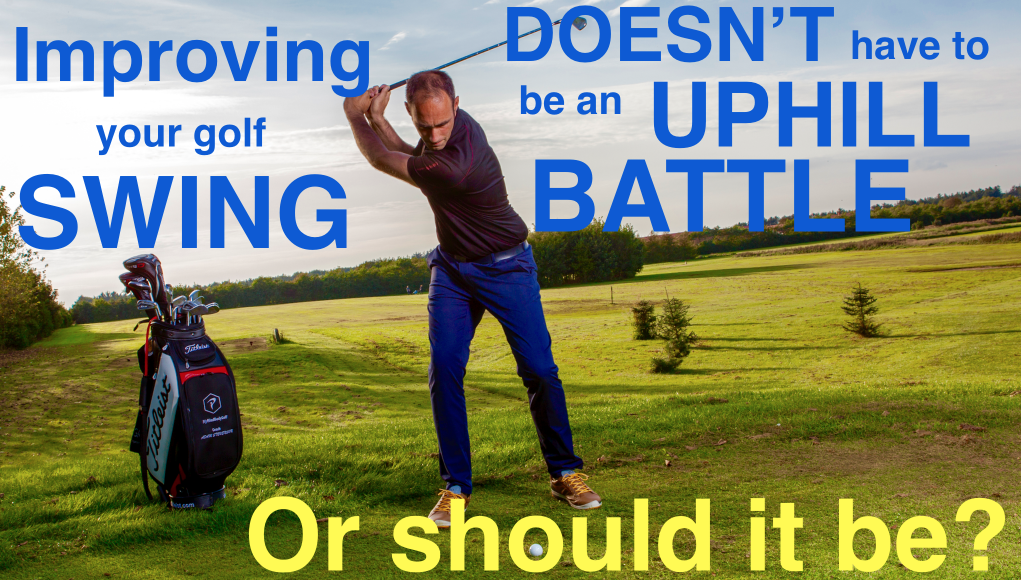
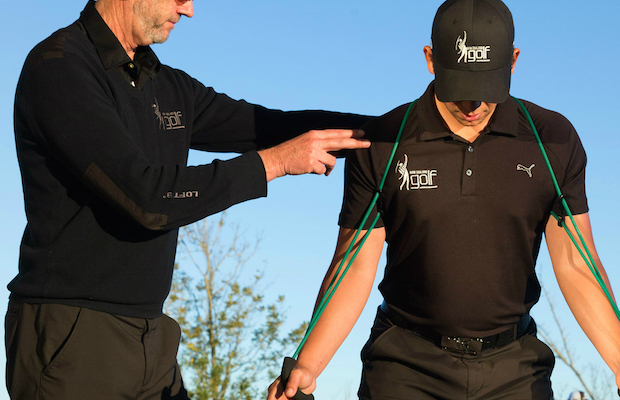
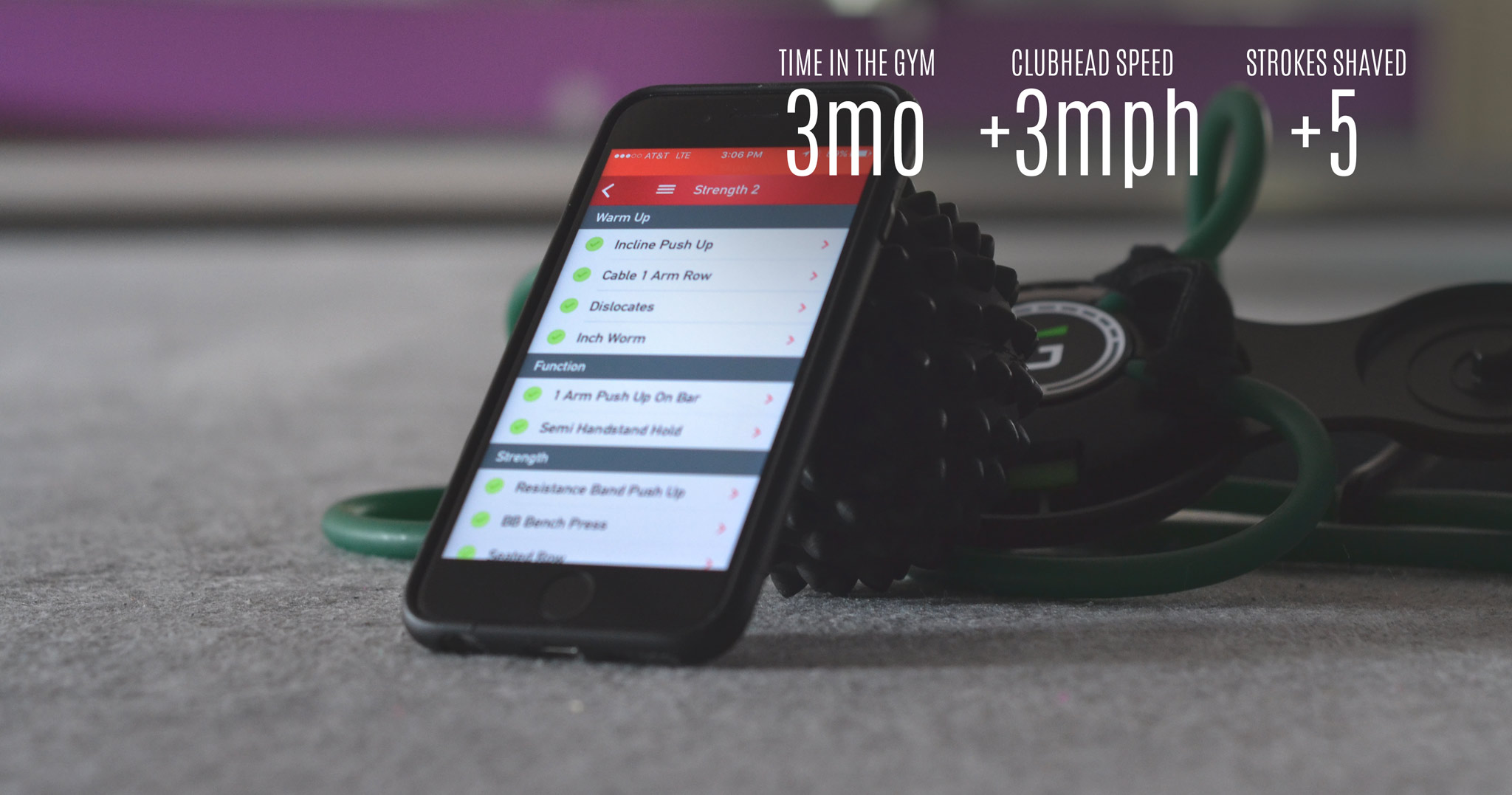
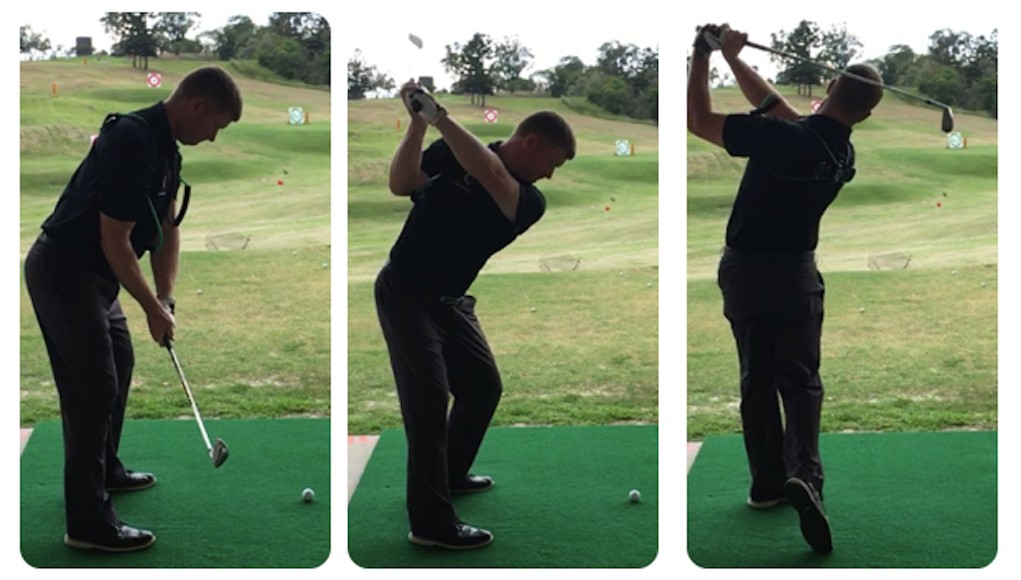
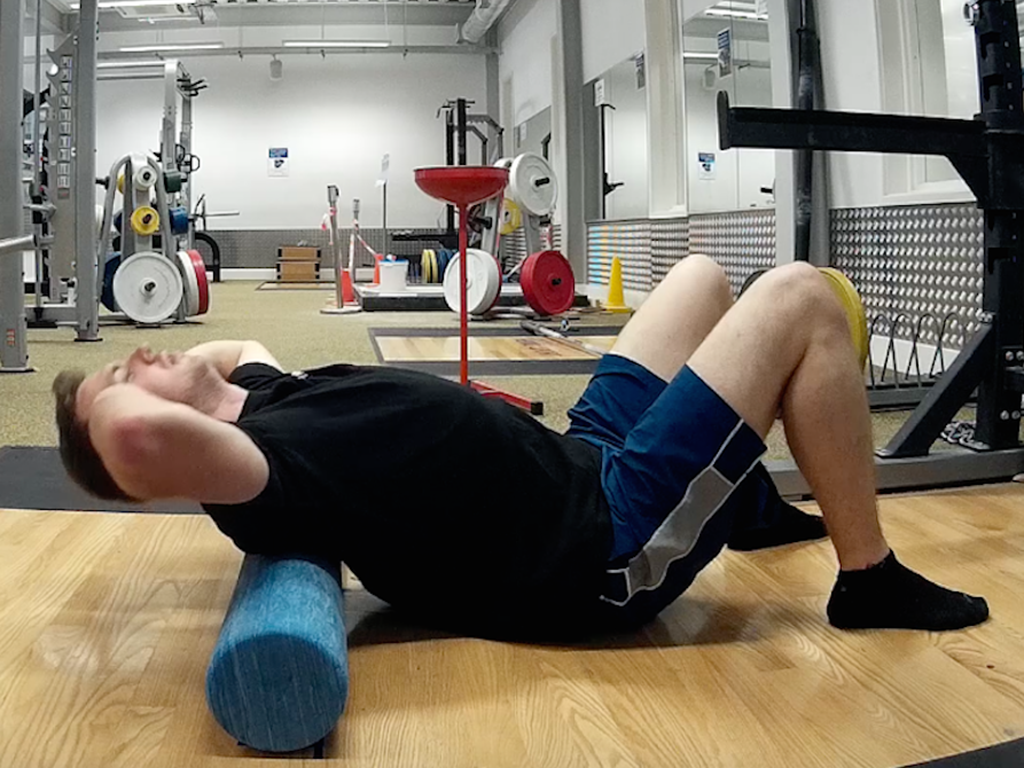
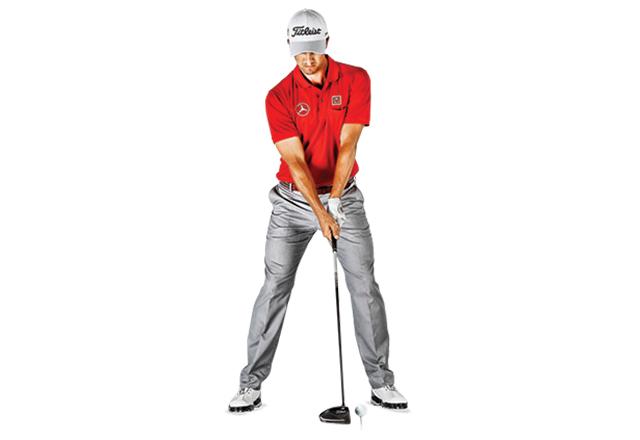
Pingback: 7 Steps To Perfect Golf Posture: You’ve Been Taught Wrong - S.G.E
Hen62
May 7, 2016 at 1:01 am
Great article, exactly what I needed.
I love to play golf but lately I have had problems with my body.
Most of these problems are coming from my bad golf posture and this was exactly what I needed to read. I went to buy your book and it’s been really helpful for me.
(One note for you, your book is not available through iTunes in asia, no idea why)
Thank you
Adam Stevenson
May 25, 2016 at 3:02 am
Hi Hen62, thank you for your comment and i wish you the best with your improved posture and golf game! I’ve tried to look into why the Golfers Handbook is not available in asia. It seems that at the moment there is no selling option for me in asia with iTunes. Strange i agree, thank you for letting me know about this.
Best regards
Adam
Lars K
May 6, 2016 at 3:08 pm
Great article Adam. Thanks
Adam Stevenson
May 25, 2016 at 3:02 am
Thank you Lars K
RJ
May 2, 2016 at 9:53 am
This article contradicts the advice of The Anatomy of Greatness I just finished studying and partially integrating into my swing. Chambree argues for a more rounded upper back to free up the shoulder turn a bit.
B Clizzle
May 2, 2016 at 7:11 pm
That book is old and outdated
Full of lies like kjv
Adam Stevenson
May 25, 2016 at 3:15 am
We all have different limitations or reasons to why we swing the club as we do. By rounding your shoulders forward your upper spine will not rotate efficiently meaning you won’t be able to utilize your body efficiently. Your body plays a huge part in generating power and shot consistency, so it would be highly beneficial to learn to utilize it efficiently in your golf swing.
Best of luck RJ
Best regards
Adam